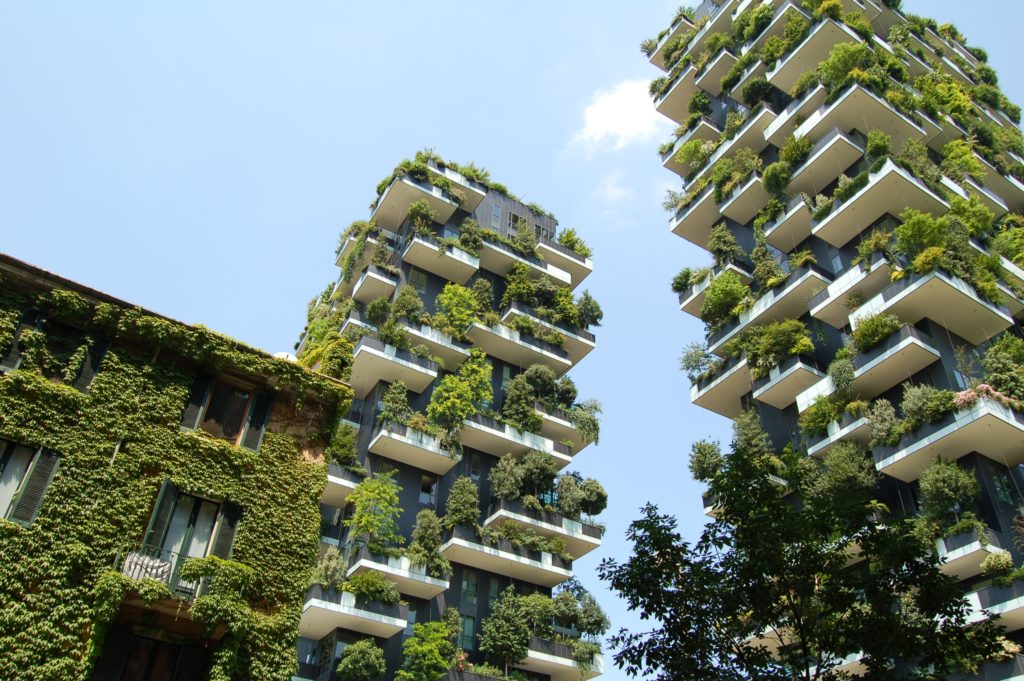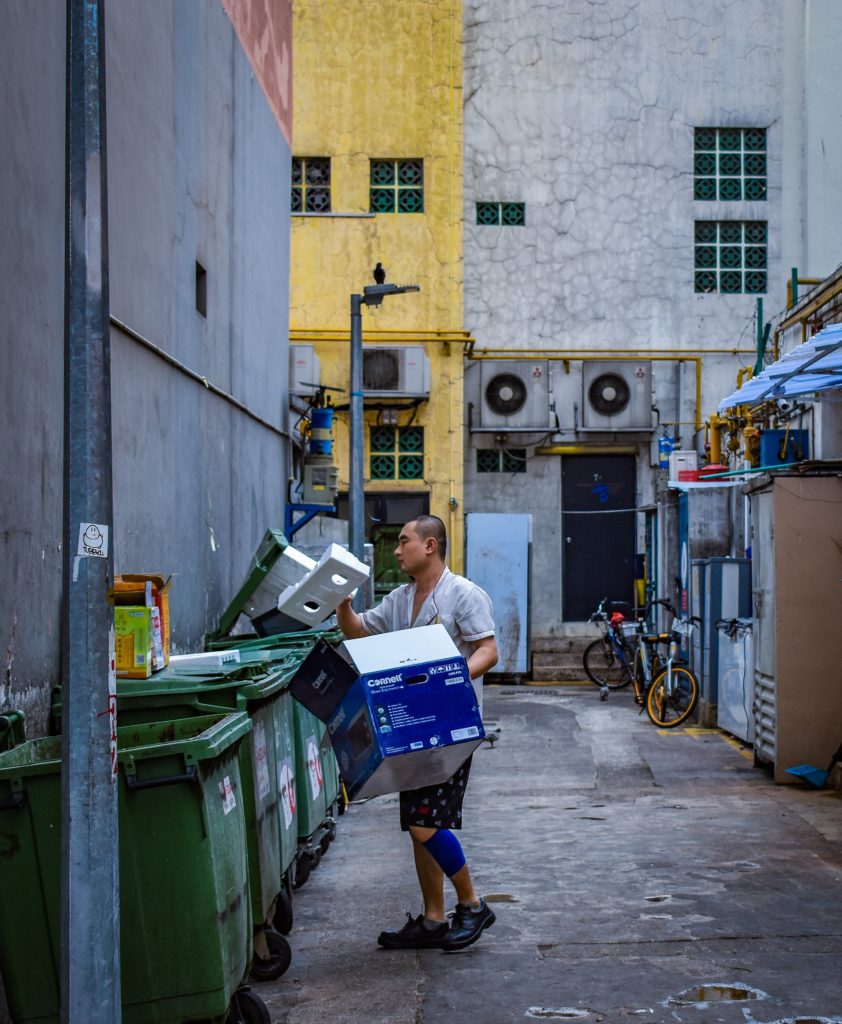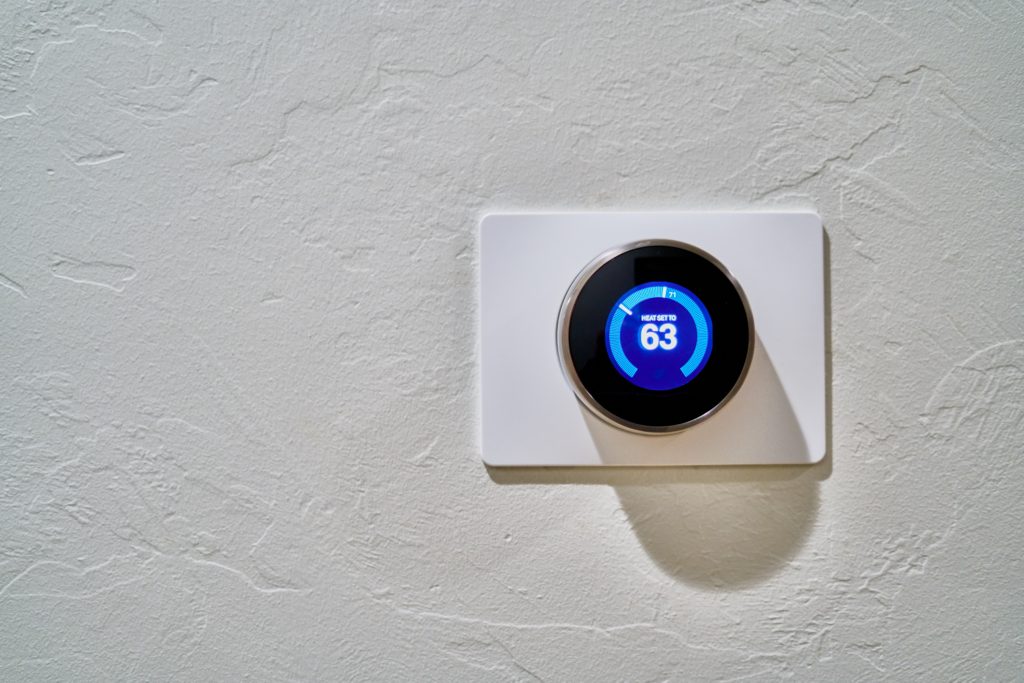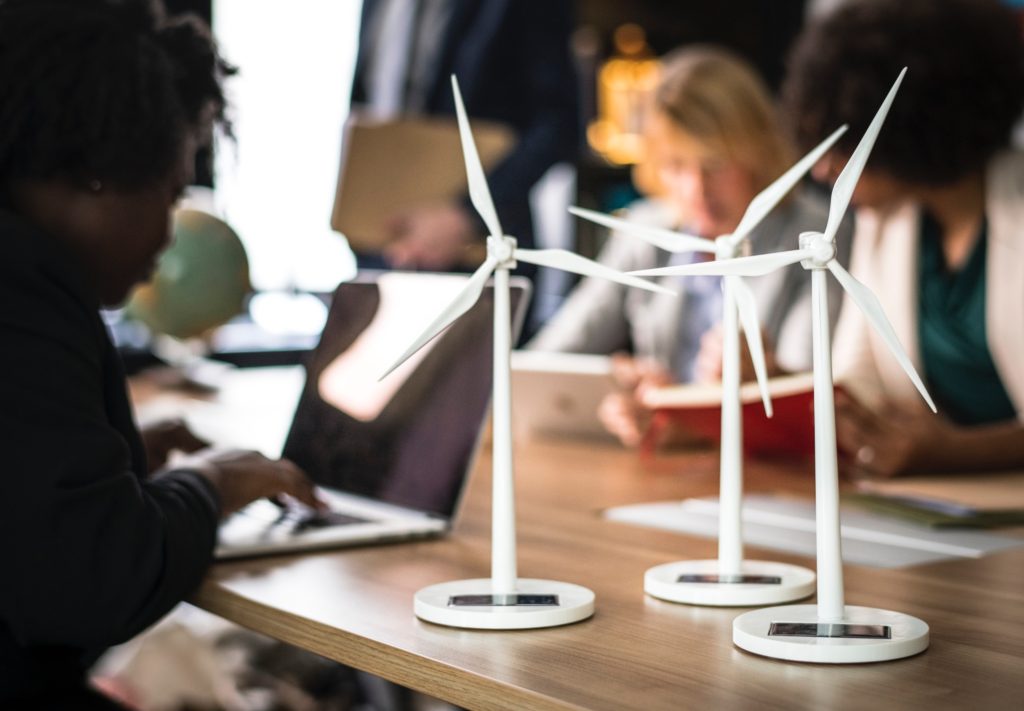
If you’ve been interested in going green and are searching for ways to do so in your home, you’ve likely heard of the Eco-friendly and sustainable terms, both of which you’ll need to understand when you’re looking at upgrading your home. Being Eco-friendly simply means that the things you do and the products you use aren’t harmful to the environment. An example of being Eco-friendly in the home is using LED light bulbs as opposed to incandescent bulbs that use far more energy.
The Eco-friendly measures that you can take with your home range from small to large, which allows you to make only the types of alterations that you have the money or time to do. Sustainability focuses more on the future by making sure that the actions you take at the moment don’t compromise the ability of future generations to properly meet their needs, which essentially means that you don’t use up too many resources or cause pollution. While you won’t be able to significantly improve the environment by yourself, the small steps that you take can still be beneficial for the environment and more cost-effective for you in the long run. What’s most important is that you don’t worsen the environment with your actions.
The best way to help the environment is by being consistent in how often you partake in sustainable acts. There are numerous things that you can do to make sure that your home is an Eco-friendly one, which includes everything from using more energy-efficient appliances in the home to outfitting your roof with solar panels. Eco-friendly homes are also very popular with prospective homebuyers, which may allow you to sell at a higher price.

When you want to live a sustainable life, there are numerous steps that you can take to accomplish this goal, the primary of which involves reducing the energy use in your household. Along with helping the environment, this will also allow you to save a significant sum of money on your monthly energy bill. Some other methods of living sustainably include recycling, planting seeds, drinking tap water, and relying less on your car.
When you lead a sustainable life, you can be confident that you’re helping the environment and that the indoor air quality in your home will be much improved. Since making Eco-friendly changes to your home is easily the best thing you can do to help the environment, you might want to know more about the many Eco-friendly home trends that have been taking the real estate market by storm.
Facts About Eco-Friendly Homes
An increasing number of Eco-friendly homes are being built across the United States in the past few years. In order for a home or similar building to qualify as Eco-friendly or sustainable, it must be certified through LEED, which is the most widely used rating system for green buildings in the world. While a LEED certification can be applied to many different types of buildings, each type of building comes with its own requirements before it’s able to obtain a LEED certification.
LEED-Certification for an Eco-Friendly House

For instance, homes can only be LEED-certified if they’ve taken extensive measures to reduce the use of water and energy throughout the building. These homes must also include clean indoor air and be constructed with safe building materials. In 2006, there were only 296 certifications given for buildings and homes throughout the country. In 2017, this number has jumped to more than 65,000, which is a clear indicator that Eco-friendly homes are becomes increasingly important for prospective homeowners.
When a building hasn’t been LEED-certified, it will use up a substantial amount of resources, generate high amounts of waste, and cost a significant amount of money to maintain. By utilizing green building techniques, occupant health and productivity is maximized. The building will also use fewer resources, generate less waste, and produce hardly any negative environmental impacts. If you want to do your part to improve the environment, owning a home that has been LEED-certified is the way to go. If you aren’t planning on moving in the near future, you can instead take steps to convert your home into a LEED-certified property.
U.S. Green Building Market Exponential Growth
When looking at the U.S. green building market, the market grew exponentially between 2005-2014. In 2005, the market for green construction was valued at $3 billion. Since that time, the market has increased with each passing year. In 2014, it reached a market value of $81 billion. Around 21 percent of this market is centered around commercial office buildings, while 17 percent of the market share involves educational green buildings. With the continued expansion of the market, you can expect this trend to continue for many years.
Since owning a green home is beneficial for both monetary and environmental reasons, many homeowners are finding it easy to switch to this type of home. While there are a myriad of benefits that you can obtain by making your home Eco-friendly, among the most notable benefits involves the amount of electricity that you use compared to homes that aren’t Eco-friendly. Studies have shown that Eco-friendly homes and buildings use nearly 25 percent less electricity than homes that aren’t Eco-friendly. By using less electricity, your monthly energy bills will be lowered and you’ll be able to help the environment.
Cost-Effective Sustainable Living Ideas
While some Eco-friendly changes that you can make to your home are very costly, there are many others that are cost-effective while also being very beneficial for the environment. Likely the easiest and most inexpensive way to lead a sustainable life is by recycling, which only requires you to place some items into recycling bins as opposed to the garbage. The population growth around the planet is increasing at an exponential rate, which leads to the creation of more waste that’s very harmful to the planet.
Recycling Your Products

The recycling process is specifically designed to turn waste into materials that can be used again, which means that they won’t damage the planet. While not everything can be recycled, there are a surprising amount of items and goods that are able to be recycled when you’re not using them anymore. The main materials that can be recycled include glass, numerous metals, plastic, and paper. Many of the containers that store food and drinks that you buy at the grocery store can also be recycled. When implemented properly, recycling is able to reduce the amount of natural resources that are used, which helps to significantly lessen the human impact on the environment.
Transitioning to Eco-Friendly Products

Another small yet effective way to help the environment is by investing in reusable water bottles. Plastic bottles are not biodegradable, which means that they only serve to harm the environment when not recycled properly. The impact that plastic bottles have on the environment is highly damaging, which is evident by the fact that around 12,000-24,000 tons of plastic are consumed by fish every year. Around 100,000 mammals die by ingesting plastic every year as well.
The production of plastic bottles is also notable for using a substantial amount of energy. The worldwide energy that’s used each year for the manufacture, transportation, storage, and disposal of plastic bottles is equivalent to around 450 million barrels of oil. You can play your part on improving these numbers by purchasing a reusable water bottle, the best of which cost anywhere from $10-$45. In the long run, you’ll likely save a substantial sum of money by foregoing the purchase of plastic water bottles.
Eco-Friendly Ways to Heat/Cool Your Home

When you’re searching for Eco-friendly ways to heat your home, it’s highly recommended that the heating appliances in your home have received an Energy Star rating, which signifies that the appliance is energy-efficient. When selecting a central air conditioner or a ductless heating and cooling system, higher ratings equate to more savings on energy. Some of the other Eco-friendly ways that you can heat your home involve installing solar heating panels on your roof, using pellet stoves, and using geothermal heating. Each option allows you to use much less energy than you typically would. While the up-front costs for solar heating panels are high, the 10-15 year savings are significant.
While there are an endless number of Eco-friendly products that you can use to reduce waste and save energy, there are numerous cost-effective options that are easy to buy and will have you helping the environment in no time. For instance, you could think about purchasing reusable grocery bags to lessen the amount of plastic that you use each time you shop at the grocery store. Rechargeable batteries are also much better for the environment and will last much longer than regular batteries. The laundry detergent and bathroom products that you use should also be 100 percent natural. If you look hard enough, practically every time has better and more Eco-friendly alternatives that you could use instead if you really want to do your part to help the environment.
Taking Advantage of Eco-Friendly Home Products

Eco-friendly home products are beneficial for a variety of reasons, the primary of which is that you’ll have lower utility bills. You’ll also be helping the environment by making Eco-friendly changes to your home. Some other benefits that come with these home products include better comfort, enhanced air quality, and better value for your home when it comes time to place it on the market. Since modern homeowners are increasingly interested in Eco-friendly and sustainable homes, even the smallest changes can boost the value of your property. You can obtain Eco-friendly home products for practically all aspects of your home.
For instance, upgrading to a smart thermostat means that your air conditioner and heater will only be used when absolutely necessary. It’s even possible for you to make sure only the rooms in your home that are being used receive heating or air conditioning, which can heavily reduce the amount of energy you use each month. Some of the other Eco-friendly home products you can use include low-flow showers and toilets, smart insulation, LED lights, drip irrigation, and kitchen appliances that have received an Energy Star rating.
Conclusion
Taking even one small step towards living in a more sustainable home goes a long way. You’ll be reducing unnecessary waste and doing your part in lessening the amount of damage done to the environment. These tips and ideas for sustainable living only comprise one part of this effort but can be highly beneficial for homeowners all over the world.
If you’re interested in leading a sustainable life, the aforementioned ideas are easy to implement and will allow you to start making positive changes to the environment. Start your life in a sustainable home and contact the Nicki & Karen team to find out more about our available homes in Southern California!